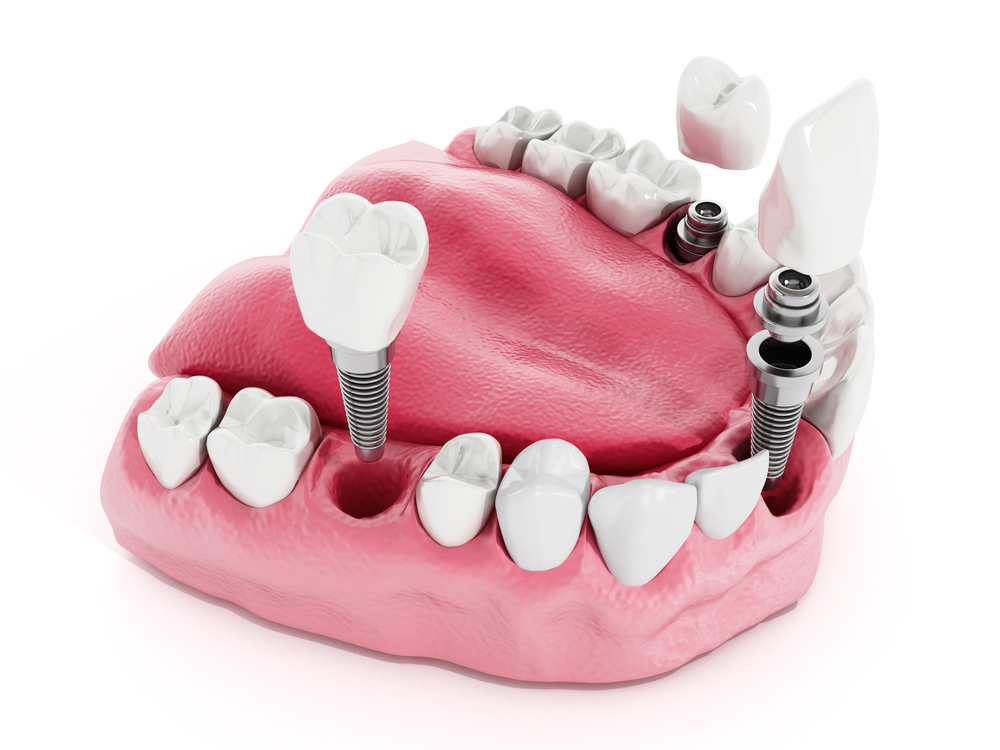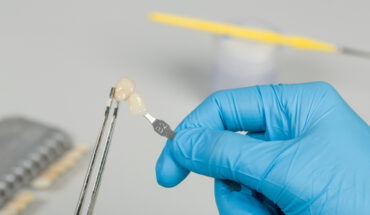
Dental implants have transformed the field of restorative dentistry, providing patients with a long-lasting and natural-looking solution for tooth loss. Among the many advancements in this area, custom dental implants stand out for their precision and personalization, delivering a highly tailored approach to oral rehabilitation. With the integration of new technologies, such as 3D printing, digital scanning, and regenerative dentistry, custom dental implants have improved not only in their aesthetic appeal but also in their biomechanical performance and success rates.
Understanding the science behind custom dental implants involves exploring the materials, design processes, and biological principles that make them effective. This article delves into these factors and examines how multiple implants and regenerative dentistry are shaping the future of oral health care.
The Basics of Dental Implants
A dental implant is essentially a titanium or zirconium post surgically inserted into the jawbone to serve as a replacement for the root of a missing tooth. Once the post has fused with the bone through a process called osseointegration, it provides a sturdy foundation for an artificial tooth (crown), bridge, or denture. Dental implants are renowned for their durability, aesthetics, and ability to restore full function, which makes them a preferred solution for tooth replacement.
However, not all dental implants are created equal. Custom dental implants take the benefits of traditional implants to a new level by being designed specifically for the unique anatomy and needs of each patient. This ensures a better fit, enhanced comfort, and superior long-term results.
The Role of 3D Technology in Custom Implants
Custom dental implants are made possible through advanced digital technology. It all starts with digital scanning, where detailed 3D images of the patient’s mouth are created using intraoral scanners or CBCT (Cone Beam Computed Tomography). These digital impressions replace the old, uncomfortable method of taking physical molds of the teeth and gums. With these scans, the dental team can map out the exact dimensions and contours of the patient’s jaw and tooth structure.
Once the digital scan is complete, the data is fed into computer-aided design (CAD) software. This software allows dentists to design implants that are a perfect fit for the patient’s unique anatomy. The precision of this process ensures that the implant will integrate seamlessly with the bone and surrounding tissue, leading to higher success rates and reduced risk of complications.
Custom dental implants also benefit from 3D printing technology. Using biocompatible materials, 3D printers can create highly detailed, patient-specific implant components. This not only ensures that the final implant matches the patient’s needs exactly but also shortens production times compared to traditional manufacturing methods.
Multiple Implants: A Full-Mouth Solution
For patients who have lost several teeth or even all their teeth, multiple implants provide a comprehensive solution. Unlike traditional dentures, which can slip or cause discomfort, implant-supported dentures or bridges offer a stable, long-term fix. By using multiple implants, dentists can create a full arch prosthesis that looks and functions like natural teeth.
Custom implants play a crucial role in these cases. The implant positions, angles, and depths must be carefully planned to ensure the most secure and comfortable fit. Digital planning tools and custom fabrication allow dentists to design multiple implants that distribute the load evenly across the jawbone, which helps to prevent bone resorption and maintain the integrity of the jaw over time.
Additionally, the use of custom implants in full-arch restorations ensures that the final prosthetic will be both aesthetically pleasing and functional. The ability to customize the shape, size, and shade of the replacement teeth means that patients can achieve a natural-looking smile that complements their facial structure.
Regenerative Dentistry: Enhancing Implant Success
Regenerative dentistry is an emerging field that focuses on restoring lost or damaged tissues in the oral cavity, such as bone and gum tissue. This area of science is particularly important for dental implant procedures, as successful osseointegration relies on the availability of healthy bone to support the implant.
In cases where patients have experienced significant bone loss—due to conditions like periodontal disease, trauma, or long-term tooth loss—dental implants may not be possible without first regenerating the bone. This is where regenerative dentistry techniques, such as bone grafting and guided tissue regeneration, come into play. These procedures involve the use of biomaterials, growth factors, or stem cells to stimulate the body’s natural healing processes and encourage the regrowth of bone and tissue.
For example, bone grafts can be performed to add volume to areas of the jawbone that have deteriorated. Over time, the graft material integrates with the existing bone, creating a stable foundation for the implant. Custom dental implants, combined with regenerative techniques, ensure that even patients with severe bone loss can benefit from implant-supported restorations.
Moreover, regenerative dentistry is exploring the potential of tissue engineering to improve implant outcomes. Researchers are investigating how bioactive coatings for implants, made from proteins or peptides, can enhance the osseointegration process by promoting bone cell adhesion and growth. This would further increase the long-term success of custom dental implants, particularly in complex cases involving multiple implants.
The Future of Custom Dental Implants
As technology and regenerative medicine continue to advance, the future of custom dental implants looks promising. Ongoing research in nanotechnology, biomaterials, and tissue engineering is expected to bring even more innovations to the field of implant dentistry. These developments will likely lead to faster healing times, stronger implant-bone connections, and improved outcomes for patients.
In addition to the scientific advancements, the personalization aspect of custom implants is poised to make dental care more patient-centered. With individualized treatment plans, digital workflows, and cutting-edge materials, patients can expect highly customized and minimally invasive procedures that address their specific needs and preferences.
Custom dental implants represent a fusion of advanced technology, personalized care, and cutting-edge science. By leveraging digital tools, regenerative dentistry, and the precision of multiple implants, dentists can provide patients with a tailored solution that restores both function and aesthetics. As research in this field progresses, the future holds even more potential for delivering better outcomes and improving the quality of life for those who suffer from tooth loss.




